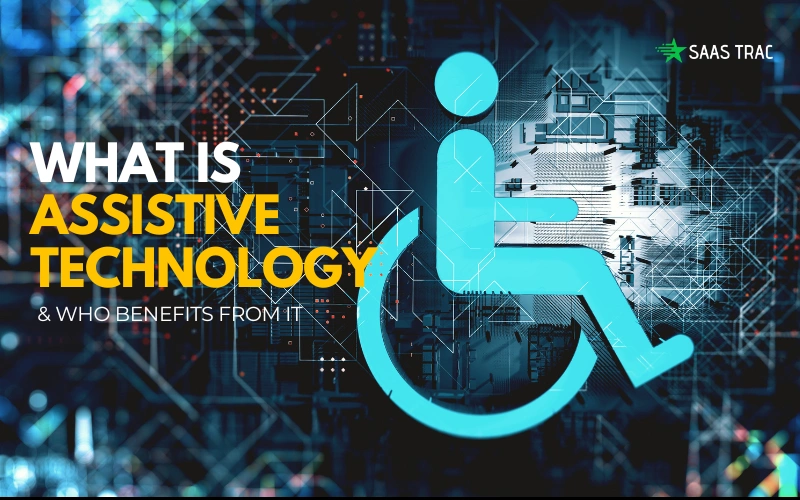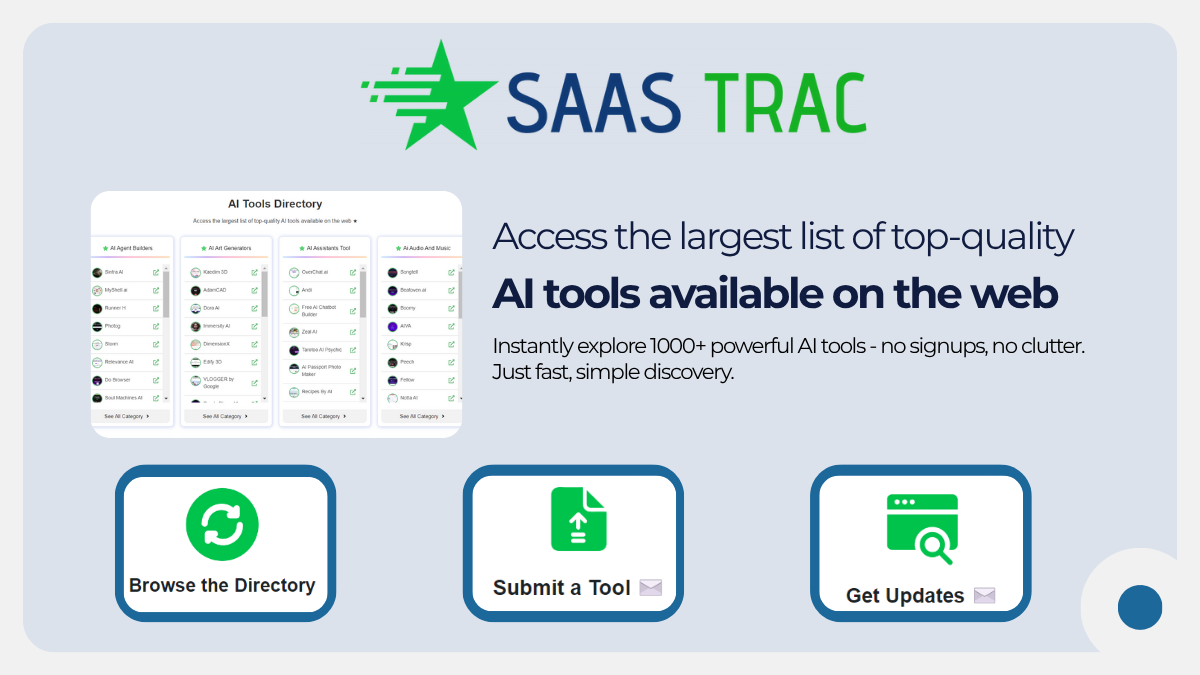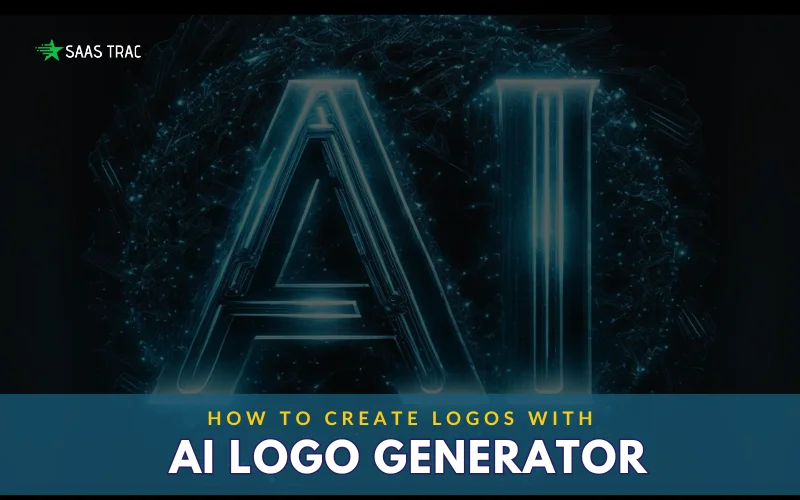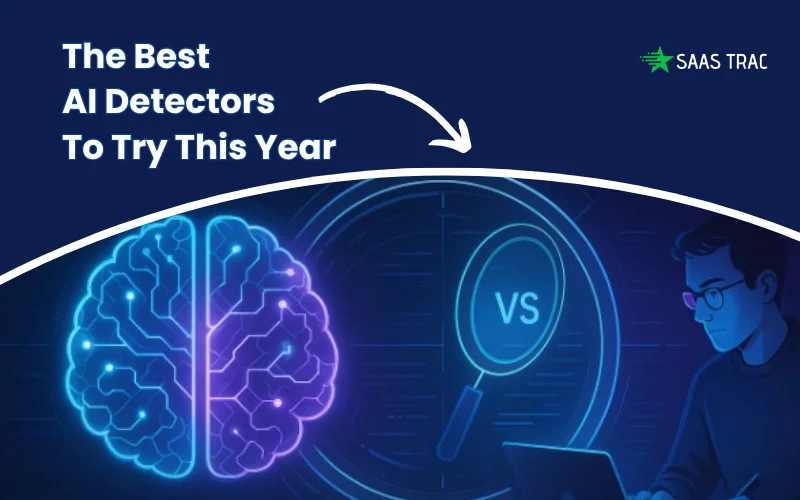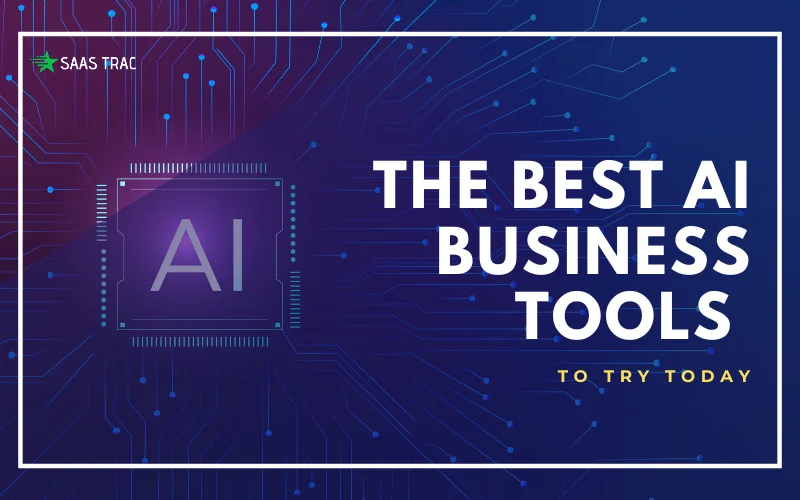In today’s fast-paced world, technology is everywhere. But have you ever wondered how technology can help people with disabilities live better lives? That’s where assistive technology comes in.
Assistive technology (AT) refers to tools, devices, or services that help people with disabilities perform tasks they might otherwise struggle with. These tools make daily life easier, more independent, and more productive. From schools to workplaces, AT is changing the way people interact with the world.
In this blog, we’ll explore what is assistive technology, its uses, who benefits from it, and some practical assistive technology examples.
What Is Assistive Technology?
At its core, assistive technology is any product or service that improves the functional capabilities of a person with a disability.
This could be something simple, like a ramp or a pencil grip. Or it could be complex, like a speech-to-text software or an AI-powered visual recognition tool.
Assistive technology is often customized to fit individual needs. Some tools are commercially available, while others are modified or adapted to suit a specific user.
The goal is simple: to help people overcome barriers and perform tasks independently.
Types of Assistive Technology
Assistive technology can be broadly divided into five categories:
- Cognitive & Academic Tools
These tools help with learning and memory. Examples include software that reads text aloud, digital organizers, and apps for learning new skills. - Adaptive Technology
Adaptive technology focuses on physical needs. Wheelchairs, prosthetic devices, adaptive keyboards, and ergonomic tools are common examples. - Communication Tools
People with speech or hearing challenges can benefit from communication aids. These include speech-generating devices, hearing aids, and automated sign language translators. - Physical Tools
These assist with mobility and daily activities. Examples are canes, walkers, stair lifts, and special seating arrangements. - Social & Emotional Tools
Tools that support social interaction, mental health, and emotional well-being also fall under AT. This can include apps for mental health, timers to manage stress, or reminder systems for social engagement.
Why is Assistive Technology Important?
The importance of AT cannot be overstated. It empowers individuals to lead independent and meaningful lives.
Here are some major benefits of assistive technology:
- Independence: AT allows people to complete tasks without constant help.
- Education: Students can learn more effectively with tools like screen readers or adaptive keyboards.
- Workplace access: Employees with disabilities can perform job duties efficiently with AT.
- Improved health: Tools like wheelchairs or adaptive devices reduce strain and prevent injury.
- Social inclusion: Communication and adaptive tools help people engage with friends, colleagues, and society.
Simply put, AT is not just about convenience—it’s about dignity and opportunity.
Assistive Technology in Education
Education is one of the areas where assistive technology shines the most. Many students face barriers to learning because schools often use one-size-fits-all methods.
Here, AT can make a real difference. For example:
- Text-to-speech software allows students with visual impairments to read digital content.
- Speech recognition tools help those with motor difficulties complete writing tasks.
- Adaptive keyboards and touchscreens assist students with fine motor challenges.
In schools, the law supports AT. Students may receive tools and services through an Individualized Education Program (IEP). This ensures access to a Free Appropriate Public Education (FAPE).
By providing AT, educational institutions help students participate fully, interact with peers, and achieve their potential.
Assistive Technology in Computers
Digital access is a huge part of modern life. But without the right tools, the internet can be a barrier for many.
Assistive technology in computers focuses on digital accessibility. These are solutions that allow people with disabilities to navigate the web and use digital tools independently.
Examples include:
- Screen readers that read aloud text on websites or documents.
- Voice-controlled software that lets users operate devices hands-free.
- Augmented keyboards that simplify typing.
- Virtual sign language translators that interpret spoken content.
These tools make online learning, work, and communication possible for everyone.
Assistive Technology in Health & Social Care
AT also plays a crucial role in health and social care. It helps the elderly and people with disabilities maintain independence.
Here’s how:
- Mobility aids like walkers and wheelchairs prevent falls and injuries.
- Monitoring devices track vital signs and help caregivers respond quickly.
- Adaptive tools make everyday tasks like cooking or dressing easier.
The benefits go beyond the individual. Governments and healthcare systems save costs when people can live independently at home. Investing in AT now reduces the need for long-term care later.
Read More:
Who Can Benefit from Assistive Technology?
Many people can gain from AT, not just those with permanent disabilities.
- People with disabilities – AT allows independence and better quality of life.
- The elderly – Tools help them maintain mobility, cognitive function, and daily routines.
- People with temporary limitations – Anyone recovering from an injury or illness can benefit.
- Parents and caregivers – Ramps, adaptive tools, and simple devices like ergonomic strollers assist caregivers, too.
In short, AT creates a more inclusive society for everyone.
Assistive Technology Examples
There is a wide range of AT available. Some common assistive technology examples include:
- Hearing aids for better communication.
- Screen magnifiers for low-vision users.
- Touchscreen displays and adaptive keyboards.
- Speech recognition software for writing or controlling devices.
- Closed captions for videos.
- Tactile materials for learning and sensory development.
- Prosthetic devices for mobility.
- Adaptive tools like pencil grips, timers, and organizers.
- Automated sign language translators for real-time communication.
This is just the tip of the iceberg. AT can be tailored to meet individual needs.
Choosing the Right Assistive Technology
Selecting the right AT can be overwhelming. The best approach is to focus on one specific activity or task at a time.
Professional guidance is essential. Teams often include:
- Doctors or rehabilitation specialists
- Occupational therapists
- Educators or school counselors
- AT consultants and manufacturers
Together, they assess needs and recommend the most suitable assistive tech.
Remember, AT is most effective when it fits the person, their environment, and their lifestyle.
Explore the SaasTrac AI Agent Directory
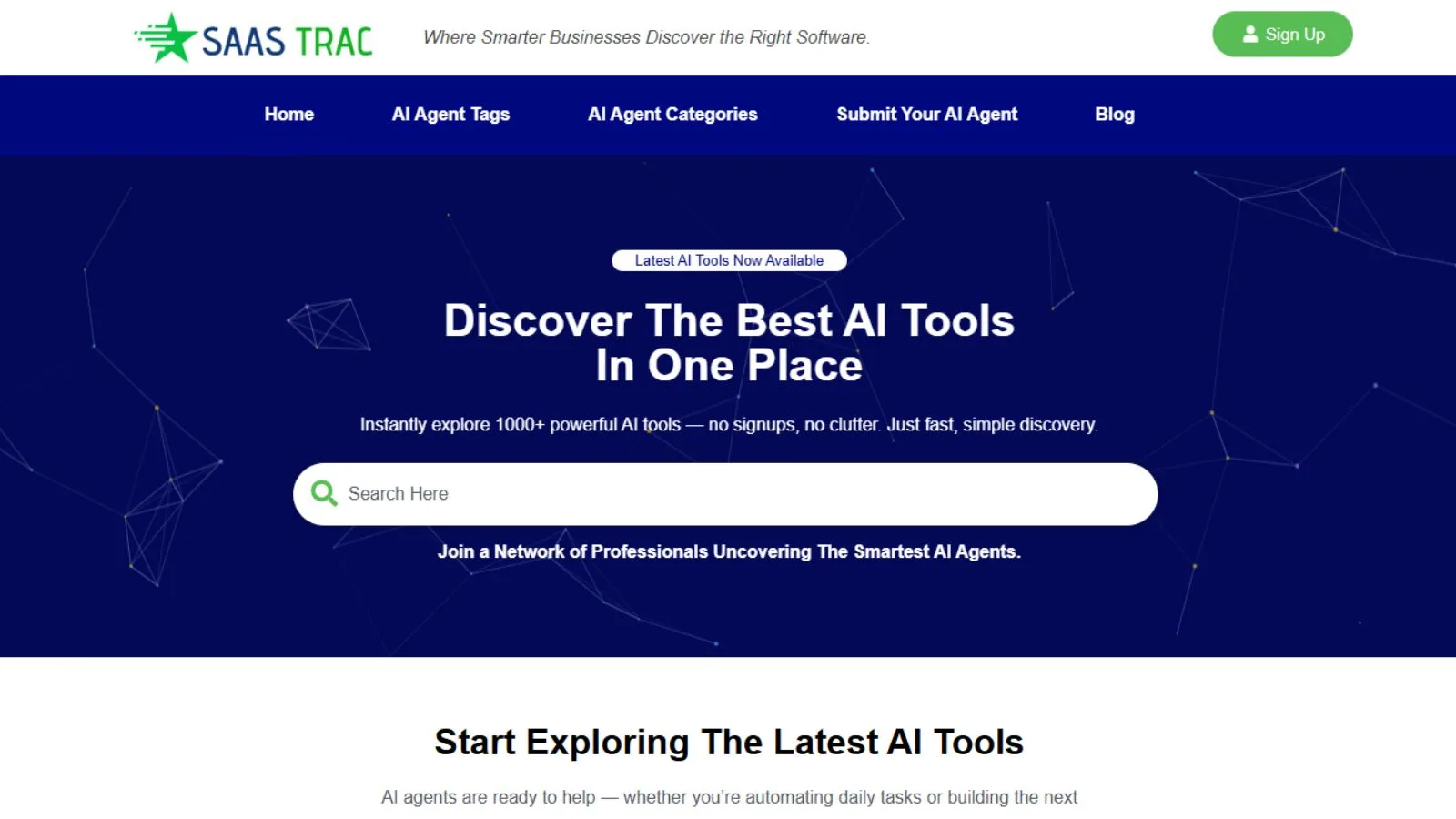
The SaaStrac AI Agent Directory is your go-to platform for discovering and comparing AI tools that enhance productivity, accessibility, and innovation. Whether you’re an educator integrating assistive tools, a developer building accessibility-focused apps, or a business leader exploring AI solutions, this directory helps you find the right AI agents for your needs.
🔍 What You’ll Find in the Directory:
- AI Assistive Tools – Speech recognition, screen readers, emotion detection, and adaptive AI systems for accessibility.
- Education & Learning Agents – Smart tutors, adaptive learning bots, and accessibility tools for inclusive classrooms.
- Productivity & Automation Agents – Tools that simplify workflows and empower teams to focus on what matters.
- Healthcare & Social Care AI – Agents supporting patient monitoring, elderly care, and communication aids.
Each listing includes detailed insights, pricing, use cases, and reviews — helping you choose AI tools that align with your accessibility or business automation goals.
The Future of Assistive Technology
Technology is evolving rapidly. AI and machine learning are transforming AT.
Some exciting trends include:
- Real-time text-to-speech for conversations
- AI-powered sign language translation
- Smart home devices that improve accessibility
- Wearable sensors that monitor health and mobility
These innovations are making AT more intuitive, affordable, and accessible than ever before.
The Broader Benefits of Assistive Technology
AT is not just helpful for individuals. Its impact is felt at a societal level too:
- Economic participation: People with disabilities can work and contribute more effectively.
- Healthcare savings: AT reduces the need for long-term care.
- Education outcomes: Students with AT learn better and faster.
- Social inclusion: More people can interact and participate fully in society.
In short, investing in AT benefits individuals, families, and communities.
Conclusion
So, what is assistive technology? It’s a powerful set of tools and services that help people overcome challenges and live independently.
The benefits of assistive technology are clear. It improves independence, learning, work performance, health, and social engagement. From schools to homes and workplaces, AT makes life better for everyone.
We’ve also explored assistive technology examples and how to choose the right tools for your needs. Remember, adaptive technology isn’t just about devices—it’s about creating opportunities and dignity.
As technology continues to advance, the possibilities for AT are endless. With awareness, support, and innovation, we can ensure that everyone has access to the tools they need to thrive.
Whether you’re a student, professional, caregiver, or policymaker, understanding and embracing assistive technology is essential. The future is inclusive, accessible, and powered by AT.



